-
Best reasons why Android phone hang and solutions
There are billions of Android users throughout the world. Our major need is for Android smartphones. Text, audio, and video communications, among others, may be sent and received quickly and effortlessly. It’s also possible that your phone. Android phones are plagued by an issue known as ‘hanging’. We’ll go through the most common causes of Android phone stuttering and how to fix it in this article.

Android phones with the most up-to-date technology have both advantages and drawbacks. The majority of critical tasks remain unfinished in the absence of an Android smartphone. You can’t talk to each other unless you have an Android phone. These Android phones’ tendency to freeze or hang is a significant drawback. You won’t be able to make crucial phone calls or do other tasks if your Android phone frequently hangs.
Top reasons why Android hang
The most common issue with Android phones is that they frequently freeze or hang. A scenario like this may be quite tough to cope with. Numerous factors might cause your phone to become unresponsive. The most prevalent reasons for Android stuttering will be examined in this article. Most folks don’t pay attention to his phone. If you don’t take care of your health, you’ll have to deal with this problem on a frequent basis. Let’s begin by looking at the causes and remedies to your Android phone’s stuttering.
Update your application
You may blame it for your Android phone’s slowness. When you begin the process of updating various apps on your phone, you must have the most recent operating system available. If you have an older Android phone, updating your applications will have an impact on your device’s operating system. It’s imperative that you begin updating your application as soon as you upgrade your phone to a newer model. When updating only the apps that you use frequently, it’s also possible to avoid updating apps you no longer use.
Clear the cache
Hanging is a common problem for Android users who do a lot of browsing on their phones. When you search for something on the Internet, your phone’s temporary memory stores all of the relevant information. You’ll notice your phone slowing down after a while because of all the temporary memory that’s taking up space on your phone. You may experience stuttering on your Android device from time to time. You must empty your Android phone’s cache memory on a regular basis. It will get rid of all the unnecessary files that are eating up valuable storage space on your computer.
Use Antivirus
Antivirus is something that most people don’t want to use on their mobile devices. There is a phone that constantly crashing because of this. All hazardous viruses are immediately removed and disinfected if you have the most recent version of Antivirus.

There are no hazardous websites or apps on your phone if you have antivirus installed. This might cause your phone to hang frequently if you do not have anti-virus software installed on your phone. Installing an up-to-date antivirus on your phone will prevent this from happening in the future.
Don’t use unwanted third-party apps
There are a number of third-party applications that can infect your computer with viruses or eat up a lot of space on your hard drive. Using these kinds of third-party apps on your Android phone is unnecessary. Third-party applications that aren’t vetted might cause a lot of difficulties if you try to install them on your phone. Also, your phone’s operating system will be harmed by these apps. You must only use third-party apps that are available via the official website if you value the security of your phone.
No Space at Internal memory
Apps save their data by default in your computer’s internal memory. The apps and software you download and install are saved immediately on your phone’s internal memory. After a period of time, your phone’s internal memory will be filled with all the downloaded and installed apps.

When your phone’s internal memory is running low, the phone will begin to hang. Those applications and other data must be moved to your SD card at this point. When your phone’s internal memory is full, the phone will no longer hang. To avoid this, always keep in mind that you’ll need to transfer programs and data from your computer’s hard drive to an SD card.
Turn off or Restart the phone
For the most part, Android phone owners never turn their phones off or restart them. Hanging will become a regular occurrence if you use your phone on a regular basis. Many applications are not properly closed on a regular basis. The Android phone is stuttering because a few apps are running in the background that is consuming a lot of battery juice. Turning off or restarting your Android phone is the only way to get out of this predicament. To fix the problem, you’ll have to restart or shut down your Android smartphone.
Maintain average battery level
For the most part, mobile apps are battery hogs. Your phone will shut down extremely quickly if it doesn’t have a good battery. If you keep your phone’s battery at a reasonable level, it’s operating correctly. So, replenish your phone battery as necessary.

Please don’t hesitate to get in touch with me if you have any further questions or concerns after reading this page. Your phone will no longer hang once you’ve tried the suggested fixes for each of the listed causes. Please let us know if you have any more information to provide in the space provided. Thank you to each and every one of you for your efforts!
-
Why Is My Phone Slow and Hanging? You Need to Be Aware
In what way is it malfunctioning, exactly? My phone keeps stuttering and lagging, and I can’t figure out why. Taking precautions is essential. When a rogue program tries to access your phone’s data, it frequently causes it to hang.
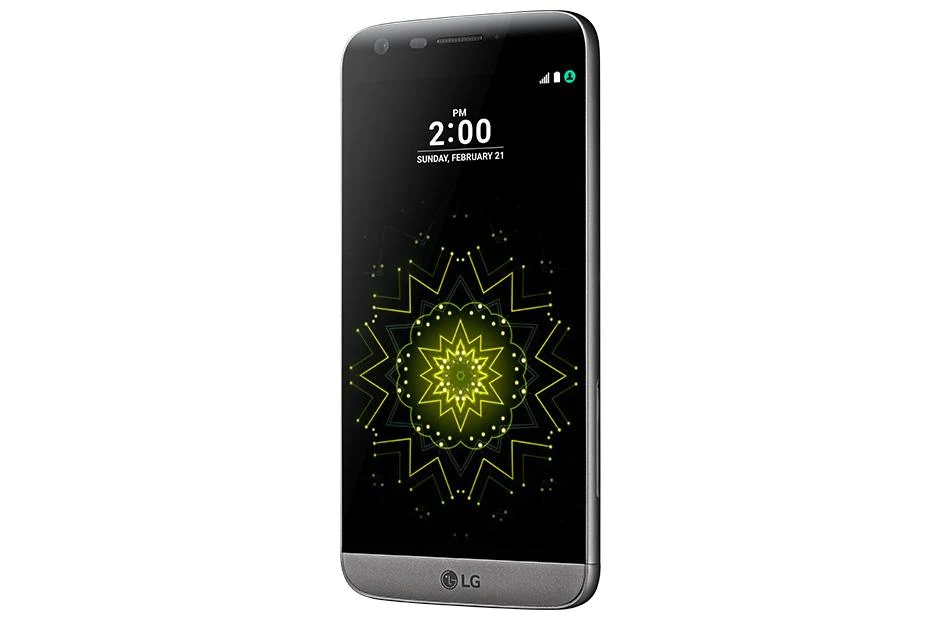
Having too many files on your phone might potentially cause it to malfunction. What’s up with the slow response time on my phone? We’ve outlined the causes and solutions in this post.
Why is my phone slow and hanging?
The capacity of any smartphone to operate at its peak degrades with continued use. The phone does not have permission to hang because of this. Using too much RAM is a common cause of smartphone stuttering. My phone’s slowness and stuttering might also be caused by overheating or general wear and tear.

When a gadget is too old, it’s common for it to slow down. If this isn’t the case, and you’re wondering why my phone is so sluggish and stutters, the following possibilities exist.
- In the event you’ve lately installed a large number of apps, your phone is likely to freeze. These apps not only take up a lot of storage space, but they also operate in the background, causing an Android phone to become sluggish.
- Speed might be negatively affected by the accumulation of unnecessary files such as cache and undesired photos, videos, and documents on the phone.
- The wear and tear of daily life.
- Apps aren’t being updated in the correct manner.
Steps to Improve Phone’s Speed
Clear Cache on Android phone
To free up space on your smartphone, you should clear the cache. To delete the cache on your Android phone, simply follow these simple steps:
·Your Android device’s settings may be found in the Settings app.
· Locate a Place to Keep Your Stuff
· On the next screen, choose Cached Data.
·To erase all of the smartphone’s undesirable cache, simply press the OK button.
Uninstall unwanted and heavy apps
Apps that take up a lot of space and place a strain on your device’s operating system slow it down.
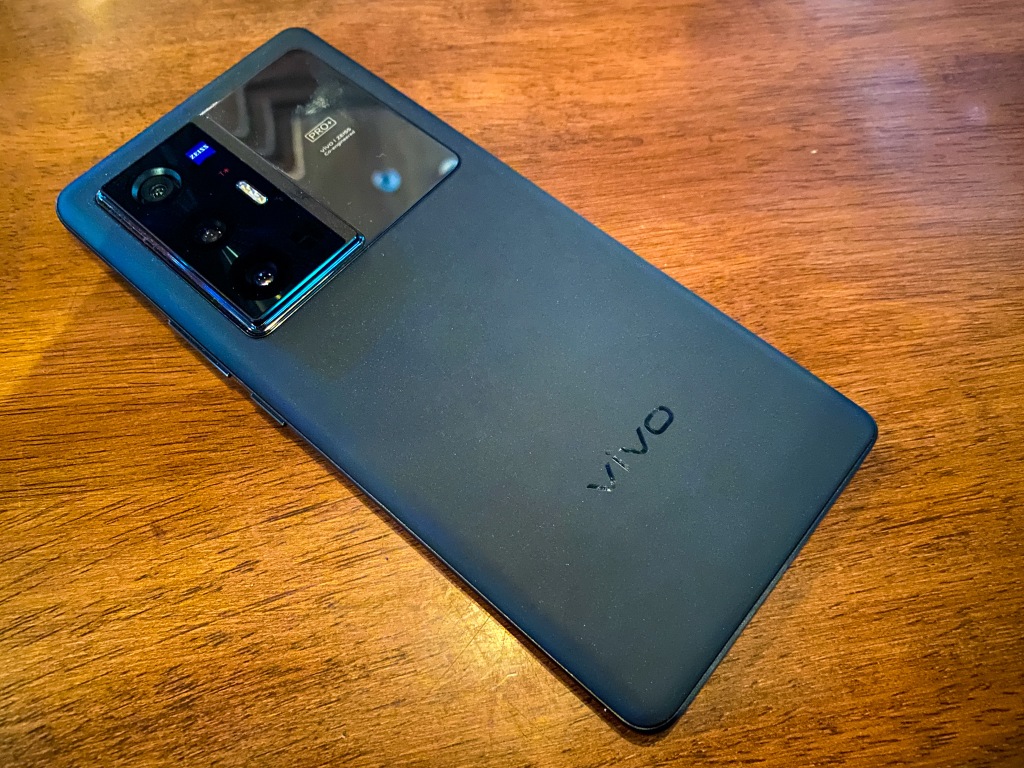
We frequently have so many apps installed that we don’t use any of them. Because of this, if you’re wondering why my phone is sluggish, it’s recommended to get rid of these apps.
To do so,
· Find Application Manager or Apps in the Settings menu.
· Remove the app you’d like to get rid of. When the display of the choices, select Uninstall to remove it from your phone.
Disable unwanted widgets
A lot of computation and battery life are required by widgets. They contribute to the sluggishness of your phone. Disabling the widgets is as simple as
· Pressing the Widget for a long time
· Remove it by dragging it to the X symbol.
Factory resets your device
First, back up your data and information on the cloud or on an external memory device before doing so. All of your photos, movies, and documents will be lost if you don’t.
· Go to the Settings page.
· “Restore from a previous backup” will appear on the menu.
· “Factory data reset,” then “Reset device,” is the next step. Remember to touch “Erase Everything” in this section.
Remember to restart the phone after you’ve successfully finished the reset procedure in order to get the most out of it.
-
Best phones with IR blasters
Remote controls are so out of date now.
People want the best phones with IR blasters.
These small parts look like infrared remote controls and make your smartphone a universal remote.
Some phones used to come with IR blasters, but in recent years, they’ve become less common.
When Samsung made the Galaxy S6, for example, they didn’t put them in their best phones anymore.
Then there are still some Chinese manufacturers who use IR blasters.
TCL, Huawei, and Xiaomi, for example, still see value in them and use them even now.
If you want to use your smartphone as your living room remote, there aren’t many easy ways to do it.
They do, however, rise to the top.
Phones with IR blasters: Which are the best?
In the past, one of the things that were popular is now a rare or niche thing.
In the past, most of the best Android phones had IR blasters built into them as well.As long as you also had a good remote control app, like one that came with the phone or one that you could download from the Android App Store, you had the best universal remote you could have.
People have changed over time.
Today, there aren’t any high-end phones in North America that have an IR blaster.
In the past, Samsung and LG didn’t like them, and Apple didn’t believe in them at all.
In North America, there is only one modern phone with an IR blaster.
It’s a new one, the TCL 10 Pro, which just came out this week.
However, that $449 device is good, but not great, and so it won’t be the best choice for everyone.
The fact that you don’t want to use TCL’s mid-ranger doesn’t matter.
You have two options: You can buy something old, like the LG G5, or you can buy a modern device that isn’t sold in your country, like the Xiaomi Mi 10 Pro.
People who live in the UK are happy because some of these phones are sold there.
Most of the time, we’d advise you not to buy an old phone like an old Galaxy or LG one because they’re too slow to use reliably and don’t get the important security updates that keep your phone safe and stable.
It might still be possible for you to get one of these older phones as a separate phone just to use as a remote.
1. TCL 10 Pro
There was an IR blaster on the top edge of the TCL 10 Pro, which surprised us but didn’t surprise us.
TCL, after all, is a company that makes TVs.
This phone has some features that come from TCL’s TVs.

As a universal remote, you can use the TCL 10 Pro.
It has a 6.47-inch AMOLED screen that is powered by the firm’s Nxtvision engine, which makes the colors and contrast even more vivid.
Because the software for this screen does not make the content look great in every situation, this is still a good panel.
It can also be used as a remote control when it’s needed. It can also be used as a remote control when it’s needed.
When we were testing the TCL 10 Pro, we also paired it with a Panasonic LCD TV.
The process of connecting and using the phone as a remote could not have been easier.
It also has a powerful Snapdragon 675 processor and a quad-lens camera system with a 64-megapixel wide-angle camera at the top of the list.
For our money, we’d rather have the new iPhone SE 2020 or Google Pixel 3a than this phone.
Getting a smartphone that has an IR blaster is not very easy.
Only the TCL 10 Pro will do.2. Xiaomi Mi 10 Pro 5G
As far as phones with an IR blaster go, the Xiaomi Mi 10 Pro 5G is the best.
The Mi 10 Pro runs on Qualcomm’s newest processor, the Snapdragon 865, and has 12GB of RAM.
The nearly 6.7-inch OLED screen on the Mi 10 Pro also has a 90Hz refresh rate for more responsiveness.
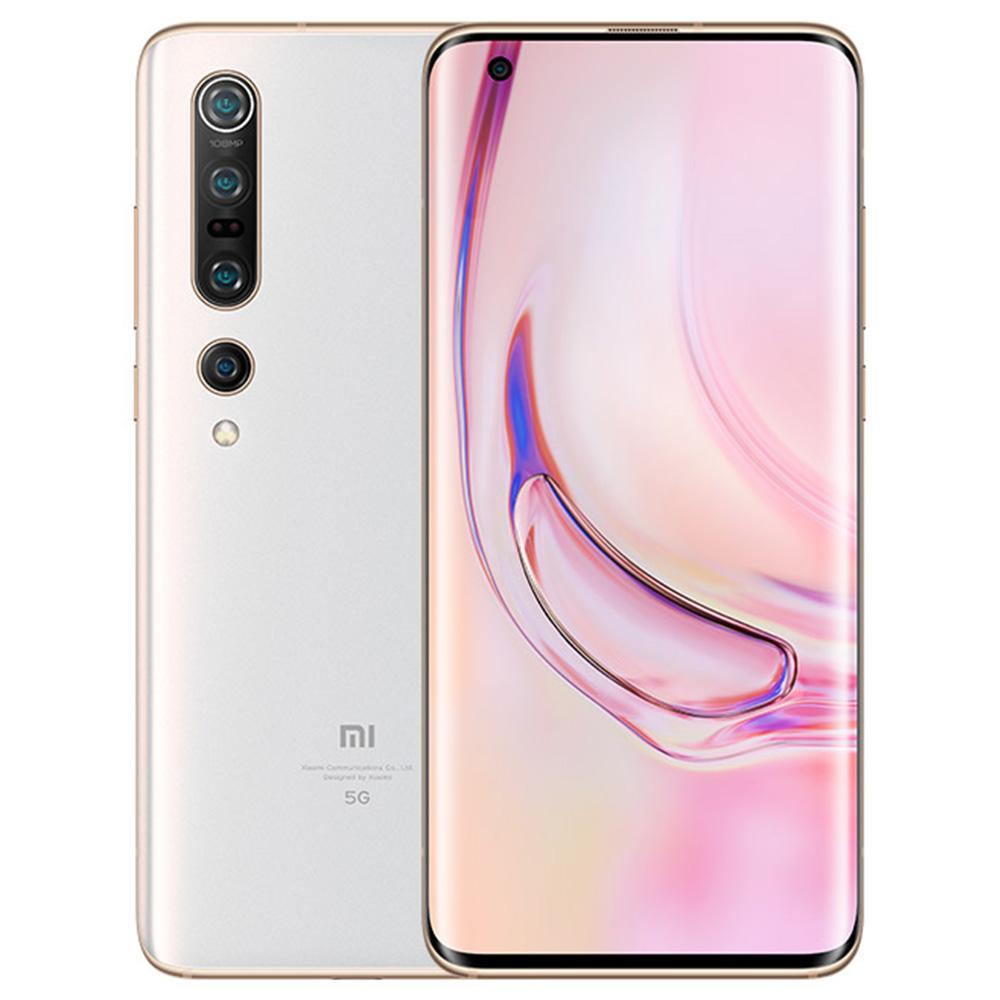
It also has a quad-lens rear camera that can take 4K photos and an in-display optical fingerprint sensor that lets you unlock your phone just by looking at the screen, so you don’t have to touch the screen to get into your phone.
It also has super-fast charging, whether you choose 50-watt wired or 30-watt wireless, so you can charge your phone quickly.
This is, of course, a 5G phone, which means it can do things with faster data speeds.
The Mi 10 Pro 5G, like any other imported phone, will need to work with enough of the bands your service provider uses to get service before you buy it.
People in the U.S can buy a new phone called the Mi 10 Pro 5G from Giztop for $749, and they can get it shipped to them.
3. Huawei P30 Pro
There is a good camera on the Huawei, P30 Pro phone.
It’s also possible that this is the last Huawei smartphone that comes with Google apps pre-installed from the factory.
It also has an IR blaster, which the Huawei P30 doesn’t.
Even though the P30 Pro is no longer the fastest smartphone on the market, that isn’t true.

Even when it came out in mid-2019, its Kirin 980 processor was already a little behind the times when compared to the high-end chipsets from Qualcomm.
Neither the screen nor software is very easy to use, so it doesn’t have the best value.
But the P30 Pro’s four lenses make this phone a very versatile smartphone camera.
It can take wide-angle photos, as well as photos that are very clear thanks to the phone’s powerful 5x optical zoom.
There may be a newer Huawei P40 Pro on the market now, but because it doesn’t have Google services, we’d rather you buy the P30 Pro.
It’s just a better experience, and it will let you use the apps you need to do things.
4. Huawei Mate 10 Pro
If you look at the Huawei Mate 10 Pro, you can see a different world for the company that has been having problems.
It shows what could have happened if the company had been allowed to sell its phones in the U.S as it had planned to.
Mate 10 Pro was sold in the US by itself, not through any service providers, like AT&T.
During the early part of 2018, it cost $799.

There is more to this device than just an IR blaster, though.
With a dual-lens camera system, the Mate 10 Pro was able to take better pictures of wide-open landscapes because it had both an ultrawide lens and a normal wide-angle lens.
At the time of its first release, this phone was the first to feature such a large battery.
It also had the best battery life of any of its predecessors at the time.
Overall, Huawei did a good job with the Mate 10 Pro.
Despite its beautiful looks, it was never meant to be.
You can purchase one for under $400 these days.
This is one of the few old devices on this list that we wouldn’t be afraid to use every day in 2020.
5. LG G5
Released in 2016, the LG G5 is one of the last high-end phones from a big, well-known company to have an IR blaster.
Other than that, the LG G5 was a little weird.
It had a modular design and a detachable battery, which was a novel feature in the smartphone market four years earlier.
Although the phone came with a 2,800-mAh battery, it lasted only a few hours on a single charge.

It was a good size for 2016, but it wasn’t long enough.
For less than $200 on Amazon today, you can get the LG G5 smartphone.
Depending on your perspective, this is a reasonable price for a smartphone or a very exorbitant price for a universal remote.
How to choose a phone with an IR blaster?
In this particular instance, there isn’t much you can do to help.
The TCL 10 Pro is worth $449 if you’re looking for a cheap phone that meets most of your needs.
But if you want a powerful device, you’ll have to look for a newer one from outside of the country to buy.
IR blasters work the same on all phones, so it’s just a matter of which imported phone will work best with your carrier’s network.
You should always buy international versions of GSM unlocked phones.
These phones can connect to the widest range of bands used by carriers all over the world, and they have the best chance of working where you live, too.
Do keep in mind that only GSM carriers, like AT&T and T-Mobile, can handle a GSM-unlocked phone that was sold outside of the U.S.
Verizon and Sprint, on the other hand, are more secure and may not be able to work with an unlocked phone from outside the U.S.
Make sure you know what you’re getting yourself into when you buy a secondhand phone.
A lot of software flaws are likely not going to be fixed by the time you run into them.
Battery life on a charge could also be short, especially if you buy a used device that has been through some normal wear and tear.
How we test smartphones
You can’t do very much in this case.
As a cheap phone that meets most of your needs, the TCL 10 Pro is worth $449.
As for powerful devices, you’ll have to look for a new one from outside the country to buy.
Because all phones have IR blasters, you only have to choose which one will work best with your carrier.
You should always buy GSM unlocked phones that are made in other countries.
People all over the world use these phones, and they can connect to the widest range of bands used by carriers.
They have the highest possibility of operating in the area where you reside as well.
It’s important to keep in mind that only GSM carriers, like AT&T and T-Mobile, can handle a GSM-unlocked phone that was sold outside the United States.
Unlocked phones from countries outside of the United States may not work with Verizon and Sprint.
This is because they are more secure.
If you’re considering purchasing a secondhand phone, do your research beforehand.
Likely, a lot of software flaws won’t be fixed by the time you run into them.
Battery life on a charge could also be short, especially if you buy a used device that has been used a lot.
Even if you buy a new gadget, this holds.
-
Smartphones IR Blaster Story
In the past, phones were smarter and stronger than they are now.
In the past, it wasn’t possible to control things like your TV and AC with them.
You can use your phone as a remote control for almost all of your home or office electronics because some high-end phones now come with an IR Blaster.

This makes your phone a remote for almost all of your home or office electronics.
When I explain what an IR Blaster is in the next part, many people don’t even know what it is.
What is IR Blaster?
Device or component: An Infrared Blaster is a remote that can be used to control things like TVs, DVD players, AC units, Set-Top boxes, and more.
If you want to call it an Infrared Blaster, or IR Blaster, that’s what it is.
As long as your smartphone has an IR Blaster, you can control pretty much any electronic device that can be controlled with remote control if it has one.An IR Blaster or IR Transmitter is like a remote for any device.
As a remote, it does the same thing as a remote.
A device called an IR Blaster emits an infrared signal or infrared light, and then it can be used to control its functions.

It comes from a small LED that doesn’t show up to the naked eye.
For each device and its function, this infrared signal or light has a unique code in the form of a pattern in order for the receiving device to recognize and then act on this code.
Because LG and Samsung TVs have different infrared codes, they’ll also have different codes for things like volume, power, and so on.
If your smartphone has an IR Blaster, then it can also be used as a universal remote, as long as it has one.
There are also some good things.
Good Universal Remote IR Blaster App
Here is a good app called Galaxy Universal Remote that can be used to control any device that can be controlled by a remote.
It’s easy to take charge of things.
There are more options for extra devices if your smartphone app does not have them.
You can use this app for more functionality and more remote-operated extra devices if your smartphone app does not have these options.
If you need the IR Code for a specific device or its functions, you can also ask them for it.
What is an External IR Blaster?
An external blaster is a piece of hardware that can be added to your Android smartphone, making it a Universal remote.
A blaster that sends out IR waves comes in two types.
One plug into your phone’s 3.5mm audio port, and the other into your phone’s micro-USB port, which only works if your smartphone can be used as an OTG adapter (On-the-Go).
When you want to use infrared (IR) technology outside of your computer, you connect an LED or sensor to the 3.5mm audio port or USB port.
IR Blasters can be used outside.

It has a 3.5mm audio jack.
External IR blasters aren’t very good, and they don’t work on all phones.
To do this job, the people who do it need their own software for IR Blaster to do it.
This is also not very good: the range of these IR blasters outside isn’t good.
They may not be worth the money.
-
Best mobile phones with wireless charging in India
Wireless charging has progressed from being a specialized function to becoming a capability that is becoming increasingly prevalent in current smartphones. In addition to iPhones and Android phones, there are currently a number of cellphones that are wireless charging compatible.
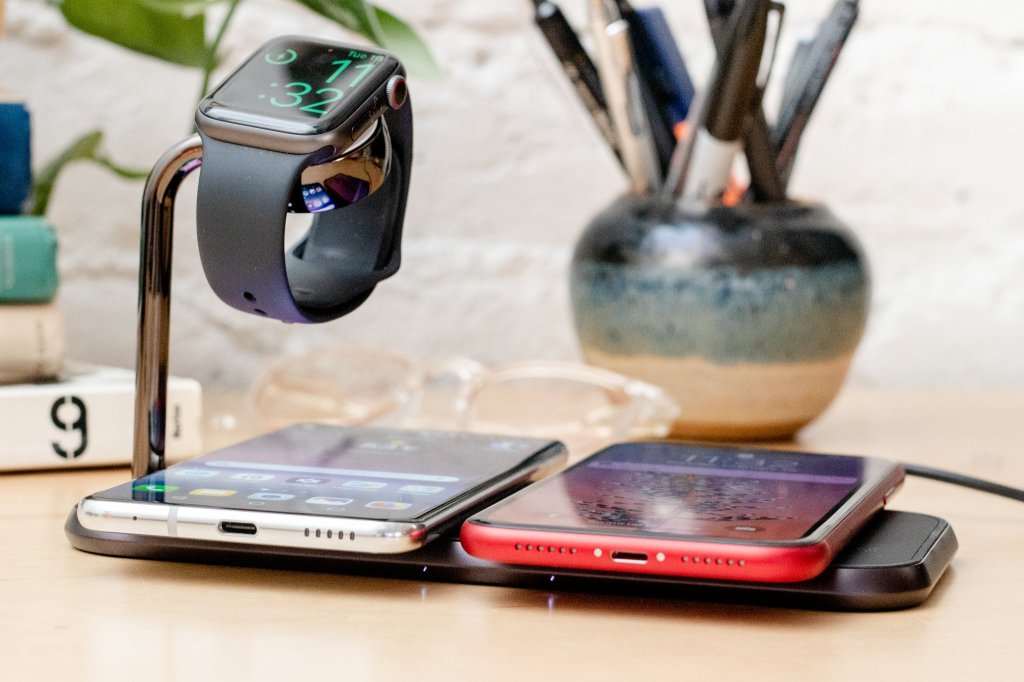
Without having to worry about plugging your smartphone in, wireless charging eliminates the need to do so. All you have to do is place your phone on the charging pad and you’ll be ready to go in minutes. Wireless charging speeds have steadily improved over time, and are now comparable to cable charging in most cases.
In order to assist you, we have compiled a list of the finest smartphones that are capable of wireless charging.
Apple iPhone 12 Pro
In addition to a 6.1-inch Super Retina XDR display, the iPhone 12 Pro has a luxury appearance that distinguishes it from the competition. It is equipped with a triple camera arrangement that is meant to help you capture the greatest moments with rapid focusing and without skipping a frame while shooting video. You may be confident in the phone’s security because it is protected by Ceramic Shield, which promises to be harder than glass. The camera on the rear features three 12MP lenses. It is equipped with Apple’s newest A14 Bionic processor, which provides smooth performance.
OnePlus 9 Pro
The OnePlus 9 Pro is the company’s most recent flagship smartphone, and it is now available for purchase online. In addition to the 13MP back camera, it has a 6.7-inch Quad HD+ Fluid AMOLED display that can be toggled between a refresh rate of 120Hz and a refresh rate of 60Hz. In terms of hardware, it is driven by the Qualcomm Snapdragon 888 chipset, which can support up to 12GB of RAM and 256GB of storage. Power comes from a battery with a capacity of 4,500mAh and the ability to charge at a quick rate of 65W. It has a quad-camera array on the back, as well as a 16MP selfie camera on the front. It is an excellent choice for photography aficionados, and the large battery capacity lets you snap photographs without worrying about running out of power.
Samsung Galaxy S21 Ultra
Known as the Samsung Galaxy S21 Ultra, it is a high-end smartphone that is part of the company’s Galaxy S21 series. With a 6.8-inch Quad HD+ Dynamic AMOLED display with a refresh rate of 120Hz and a resolution of 1080p, it offers a high level of visual clarity. Powered by the Exynos 2100 CPU, it has up to 16GB of RAM and 512GB of storage space to choose from. On the rear, there is a quad-camera arrangement, while on the front, there is a 40MP selfie camera. An internal battery with a capacity of 5,000mAh provides power, with support for 25W rapid charging. It has a fantastic display and is equipped with high-quality camera equipment.
Xiaomi Mi 10
Due to the 3D glass back and Corning Gorilla Glass 5 protection on the rear of the smartphone, the Xiaomi Mi 10 is an extremely durable handset. In addition to having a 6.67-inch Full HD+ AMOLED display with Gorilla Glass 5 protection and a Qualcomm Snapdragon 865 processor, it also has a lot of other features. Additionally, it contains a fingerprint sensor (which is also available separately). A selfie camera with a 20MP resolution is included on the device’s rear panel, which is one of four cameras on the device. Power comes from a battery with a capacity of 4,780mAh and the device is capable of quick charging at 30W. If you are looking for a high-quality device at an affordable price, this is a good option to think about.
Apple iPhone 12
The iPhone 12 is Apple’s most recent flagship smartphone, and it comes with a number of significant new features. In addition to the A14 Bionic CPU, which was launched earlier this year, the device has a 6.1-inch Super Retina XDR OLED display and is powered by Apple’s new A14 Bionic processor. The camera incorporates a cutting-edge dual-camera system with features such as Night Mode, Dolby Vision HDR recording, and Deep Fusion, as well as other advanced features. It boasts a 12MP front-facing camera and an IP68 water-resistance rating, making it suitable for outdoor use. According to the manufacturer, it would provide smooth performance and a better camera experience.
Samsung Galaxy S20 FE 5G
In terms of pricing, the Samsung Galaxy S20 FE 5G is the company’s entry-level device in the flagship class, with a $700 MSRP. With a 120Hz refresh rate, the 6.5-inch Full HD+ AMOLED display provides excellent viewing angles. With a triple camera setup consisting of a 12MP primary camera, an 8MP telephoto sensor, and a 12MP ultra-wide-angle camera with a focal length of 12mm, it is capable of capturing high-resolution images. It is equipped with 8GB of RAM and 128GB of internal storage space, and it is powered by the Qualcomm Snapdragon 865 processor. With HDR10+ compatibility, it has a fantastic display to complement its superb performance.
-
Which Android Phones Have Wireless Charging?
Wireless charging is a standard feature on every new iPhone, but it’s not always clear which Android phones have it. On flagship phones from companies like Samsung, Google, and Sony, it is typically supported. The OnePlus 8 Pro is the only OnePlus device that enables wireless charging, making it an outlier in the field (at least for now).

In the previous 10 years, Android’s wireless charging capabilities have advanced significantly. Earlier implementations were almost exclusively restricted to the use of the firm that developed them exclusively. Fortunately, the Qi standard for wireless charging has been accepted by newer Android phones and even Apple iPhones. “Reverse wireless charging” can be used to charge extra devices like smartwatches or earbuds on some high-end Android phones.
What Is Wireless Charging?
But how does it all work? In order to charge your phone wirelessly, electromagnetic induction is used. Your phone and the wireless charging pad both have a coil of silver-plated copper or aluminum inside of them. An electromagnetic field is created by lining up the two coils or “putting the phone on the charger.” Direct current (DC) energy is delivered into your phone’s battery from the field, where it creates a current.

Coil alignment is a simple process. Generally speaking, the charging pad should be aligned with the center of the back of your phone. You’ll be able to tell when your phone is charging since it will light up. Wireless charging may not be possible if your phone has an extra-thick heavy-duty cover.
The Qi wireless charging standard is to blame for all of this. WPC defines wireless charging as “energy that is transmitted from one device to another without physically plugging in a cable,” and it maintains this definition.
Isn’t it clear as day? Here’s where things get a little muddled: billing rates. 5W charging is supported by all phones with wireless charging capabilities. This approach has a number of downsides. But Android’s fast charging is a complete failure. In order to charge quicker, most manufacturers employ their own proprietary “standard.” As a result, you’ll notice certain wireless chargers advertised exclusively for Samsung devices.

Samsung’s Fast Wireless Charging 2.0 standard will be supported on flagship phones starting in 2019. Samsung Galaxy S10 and Galaxy Note 10 users should anticipate charging speeds of up to 12W, while the Note 10+ and beyond may expect charging speeds of up to 15W, respectively. If you don’t need a lot of speed, 15W is “quick enough.”
Look at the OnePlus first-party wireless charger if you want to discuss proprietary standards. If you have a OnePlus 8 Pro, the company’s Warp Charge 30 Wireless Charger can deliver up to 30W of wireless charging. Any other phone will only support regular charging at 5W, which is a real bummer.
Despite the fact that 30W wireless charging is amazingly quick, there are some drawbacks. The charger’s main drawback is how very annoyingly loud it can be. The charger features built-in fans to remove heat because of its extreme speed. A frayed or broken cord means you’ll have to throw away the charger altogether, as it comes with an integrated charging wire.

Furthermore, the OnePlus charger only provides 30W of charging power. That type of speed is not available to any third-party wireless chargers. However, unless you’re willing to part with $70, you’ll only be able to charge at 5W on any other charger.
Google Pixel 5 and Samsung Galaxy S8 have reverse wireless charging. By simply inserting them in the middle of the back of your phone, this accessory allows you to charge other devices such as true wireless earphones, smartwatches, and other smartphones.
There will be no quick charging. It’s possible to use the function to charge another phone, although the speed is restricted to roughly 5W, which is wonderful in a hurry.
-
How Waterproof is My Smartphone?
When it rains, you can still use your phone and Galaxy S8.
If you own one of these phones, you’ve probably wondered, “Is my phone really waterproof?”
In a word, no.
That doesn’t mean that any amount of liquid is bad for your phone.
These phones are made to take a quick dip in the water, and hopefully not short out on you.
Make sure you tape it to your head before you go swimming off the coast of Fiji.
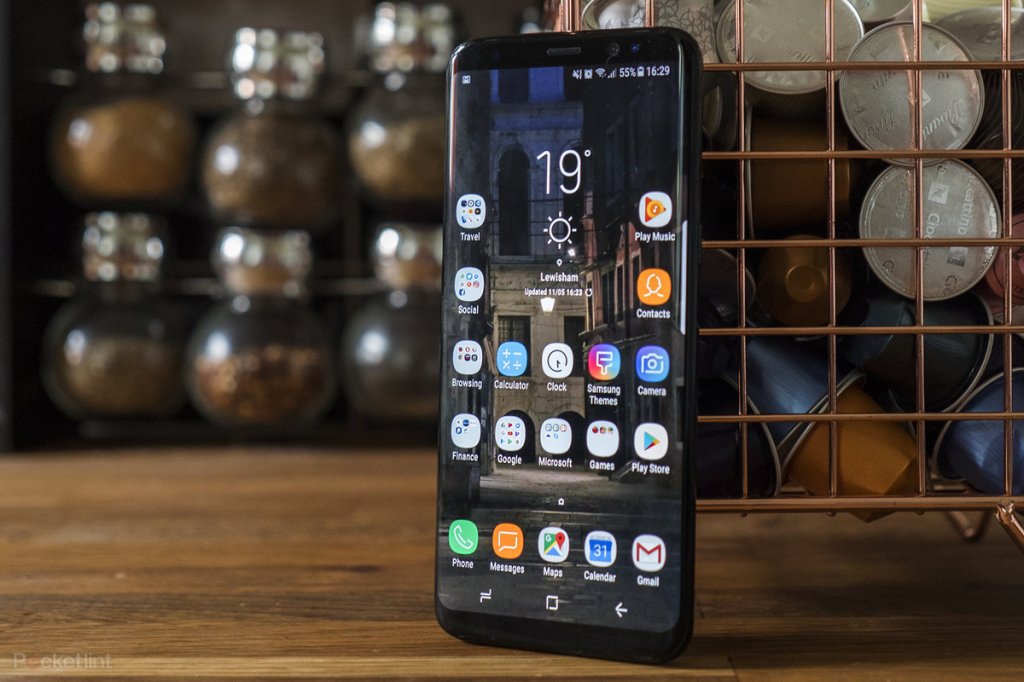
Things you should know: People who use water-resistant things may not be able to use them in the rain.It’s a big difference and one that phone companies are very clear about: none of them say that your phone is waterproof.
This isn’t just true when it comes to tests of the device’s water resistance.
Here, your phone is still made up of wires and circuits that can be fried by the first drop of water.This is because smartphones haven’t changed their technology all at once.
What has changed is how the phone makers can now protect it from things.
This is how it’s being done by companies at the end of the day.
It has a lot of seals and gaskets to keep water out of it.

Almost like how the plumber checks to make sure that the pipes under your sink don’t leak.This is because no seal is 100% waterproof.
The IP or Ingress Protection Rating is a number that shows how well your device can protect itself from things like water and dirt.
When you look at your phone’s specs, this might seem like the least appealing part.
People need to know that this is a standard set by the International Electrotechnical Commission or the IEC because this is very important.
In the IP ratings, two numbers are used to make up the numbers.
It goes from 0 to 6.
The first number goes from 1 to 3.
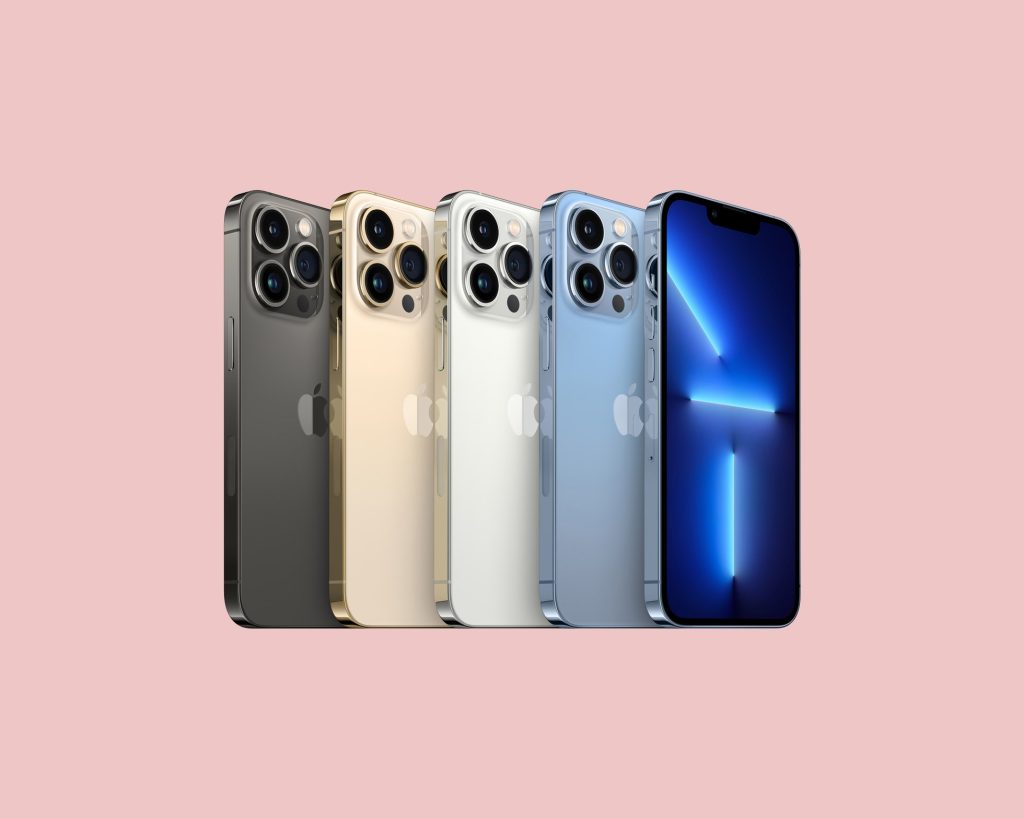
This number tells you how well the phone protects itself from things like dust and dirt.
The second number is between 0 and 8, and it shows how well the phone can stand up to liquids.
There are a lot of different kinds of phones, like the Samsung S8.
It’s been rated IP68, which means it can withstand both dust and water.
It can also be submerged in water for 30 minutes at a time. The iPhone 8 is, however, completely dust-proof.
This means it is completely safe.
This means that the iPhone 8 is completely safe (7).
To find out more about your phone’s IP rating, check out this quick and easy guide!
It does a great job.Take this with a grain of salt.
As soon as the tide came in, your phone might have been covered in seawater.
Your friend would not do that.
This is very different.
With time, a phone’s water and dust resistance levels also go down.
Even just sitting on a shelf can make it less able to keep bad things out.
-
Top 5 Best Waterproof Phones In India
If you want a smartphone these days, you need to be able to keep dust and water out of it at all times.
The best waterproof phones do this.
Modern-day phones are very vulnerable to liquid damage, and ingress protection is a good thing to have in case something happens that you didn’t plan on.
People in India can choose from a lot of different waterproof phones to buy.
People in India can buy the best waterproof phones in the world, but some of them only protect them from small splashes of water.
Other phones let you take your phone swimming! The best water-resistant phones in India are IP rated, which is a scale that tells you how water-resistant your phone is.
This scale tells you how well your phone can be kept dry.
Check out these waterproof phones you can buy in India at the moment!
MI 11 ULTRA
To protect the Xiaomi Mi 11 Ultra from water for up to 1.5 meters for 30 minutes, it has been given an IP68 rating.
This phone is 8.4 millimeters thick when it comes to size.
It’s also 234 grams.
When you look at the back of the phone, there is a slightly raised island camera module that holds the three cameras, sensors, and a small screen.
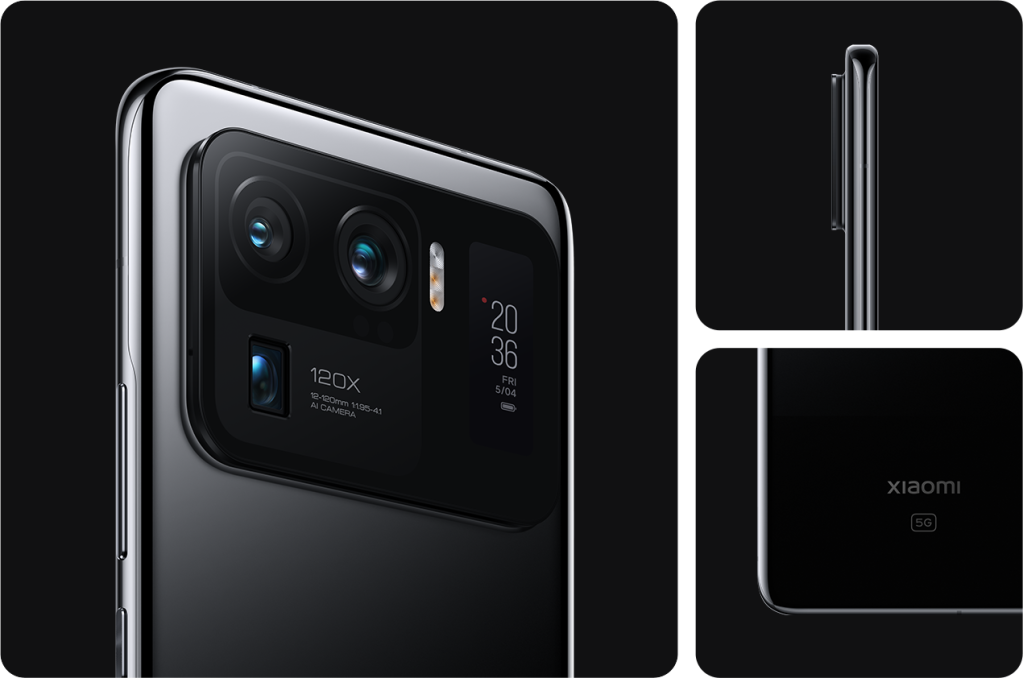
An AMOLED 3D curved screen on the Mi 11 Ultra is 6.81 inches wide and has a resolution of 3200×1440 pixels.
The screen can also be bent.
The screen has a refresh rate of 120Hz and a cutout for the selfie camera in the middle of the screen.
It can make up to 1 BILLION colors and is certified for HDR10+ and Dolby Vision, as well as support for them.
Qualcomm Snapdragon 888 processor: If you want to buy the Xiaomi Mi 11 Ultra, you’ll have to buy this processor.
This processor is made with the 5nm manufacturing process and has an eight-core CPU with a prime core that can run at 2.84GHz, three performance cores that can run at 2.42GHz, and four power-efficient cores that can run at 1.80GHz.
This is paired with the Adreno 660 GPU, which is in charge of the graphics on the phone, so the phone looks good.
It is possible to add up to 256GB of extra storage space.
It has up to 256GB of UFS 3.1 storage, which can be added.
It has 12GB of RAM and can store up to 256GB of files.
The Xiaomi Mi 11 Ultra that you want to buy is the one that looks like this one.
At 67W both wired and wireless, the battery can be charged at 5,000mAh.
It can be charged both ways.
SAMSUNG GALAXY S21 ULTRA
This is a top-of-the-line phone from Samsung, and it has all the features to go along with it.
An AMOLED screen with a 3200×1440 resolution and 551.
The screen also has an Adaptive 120Hz refresh rate that makes it better to play games.

An Infinity-O screen with a cut-out for the front camera is also HDR10+ certified.
The single front-facing camera, it has a cut-out in the front of the shirt.
As a bonus, the screen has an ultrasonic in-display fingerprint reader.
When you look at the back, it has a processor called Exynos 2100.
Aside from that, it has 12GB of RAM, and it has 256GB of space.
This phone has a 108MP camera with Phase Detection Auto Focus and a way to keep the picture steady.
It also has a way to take a picture that is more clear.
This is paired with a 12MP (F/2.2) ultra-wide-angle sensor with dual-pixel autofocus, a 120-degree field of view, and a 120-degree wide-angle.
The phone has a big 5,000mAh battery that can be charged at 25W wired, 15W wireless, and 4.5W reverse.
It also has a USB-C port that can be used to charge the phone.
In bad weather, it can be used.
When there is rain, it has an IP68 rating, which means it can be used even if it’s wet.
SAMSUNG GALAXY NOTE 20 ULTRA
Note 20 Ultra’s 6.9-inch Dynamic AMOLED screen has a 120Hz refresh rate and 3088×1440 pixels. You can see what’s going on there.
Big: This screen is also very good-looking because it has a lot of pixels and good dynamic contrast, which makes it look good and make it look big.
Water and dust can’t get into the body because it has an IP68 rating.

When you buy the Note 20 Ultra, you get three cameras: a 108-megapixel main camera, a 12-megapixel ultra-wide camera, and a 12-megapixel telephoto camera that can get very close to the subject.
In addition, the Galaxy Note 20 Ultra has a 4,500 mAh battery pack that will keep your battery life going for a very long time.
There are also five new gestures that can be done on the Note 20 Ultra’s S Pen.
The S-Pen on the phone also has less latency, going from 42ms to 9ms, which is better.
I like how the S Pen feels after this.
The phone comes with 12GB of RAM and a lot of space so that it can run smoothly at all times.
APPLE IPHONE 12 PRO MAX
This is one of the most expensive phones Apple has ever made.
A lot of money goes into the iPhone 12 Pro Max.
A big reason to like it is that it’s also waterproof.
You can see everything on the phone because it has a huge screen.
You also have the fastest processor and the best camera.
OLED screens are used on the iPhone 12 Pro Max.

For better performance and faster machine learning, it has a new neural engine that is in the middle of a new chipset.
The A14 Bionic makes the iPhone 12 Pro Max a lot faster than the iPhone 11 series.
New iPhone apps with single and multiple threads will run faster thanks to the chipset.
Cameras are better on the iPhone 12 Pro Max than they are on the iPhone 12.
In addition to the 6 main cameras, there are two other 12-megapixel cameras: one for telephoto and one for wide.
It also has a LiDAR sensor.
The iPhone 12 Pro Max also has some new features that will help you take better pictures on the phone.
ONEPLUS 9 PRO
Oneplus hasn’t made a more expensive phone yet.
This is the OnePlus 9 Pro.
It has powerful hardware, a big screen, and great cameras.
There’s also an IP68 rating to make sure the phone can be submerged for 30 minutes at a time.
A metal and glass phone that weighs 197 grams.
OnePlus 9 Pro has a 6.7-inch QHD+ (3216×1440 pixels) resolution AMOLED curved screen with LTPO backplane technology.
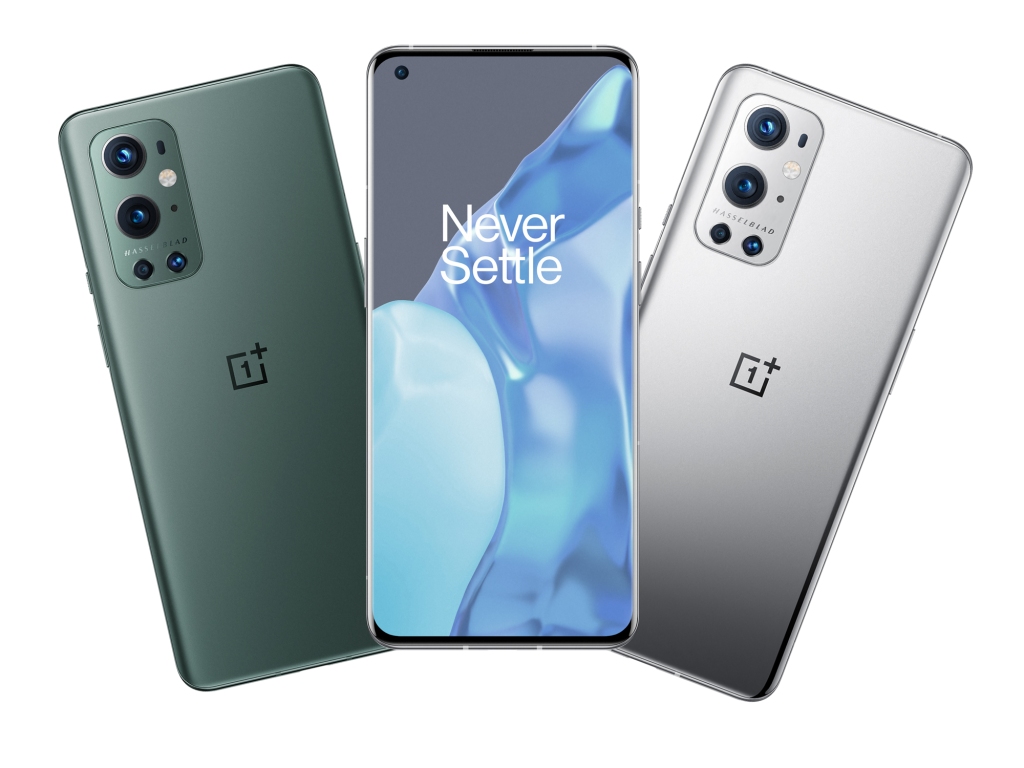
It has a 120Hz refresh rate and runs at 120Hz, so it has a 120Hz refresh rate.
If you want more memory and storage, you can choose between 12GB LPDDR5 RAM and up to 256GB UFS 3.0 storage.
A 48MP camera with a Sony IMX789 sensor is the main one on the back of the phone. It has an f/1.8 aperture and can be used with EIS.
It also has a front-facing flash.
You can get the same 50MP ultra-wide-angle and 2MP monochrome cameras with the OnePlus 9 as you can get with the OnePlus 9.
With Warp Charge 65T support, the OnePlus 9 has a 4,500mAh battery.
The OnePlus 9 Pro can charge wirelessly with Warp Charge 50, which is even faster.
-
Subscribe
Subscribed
Already have a WordPress.com account? Log in now.